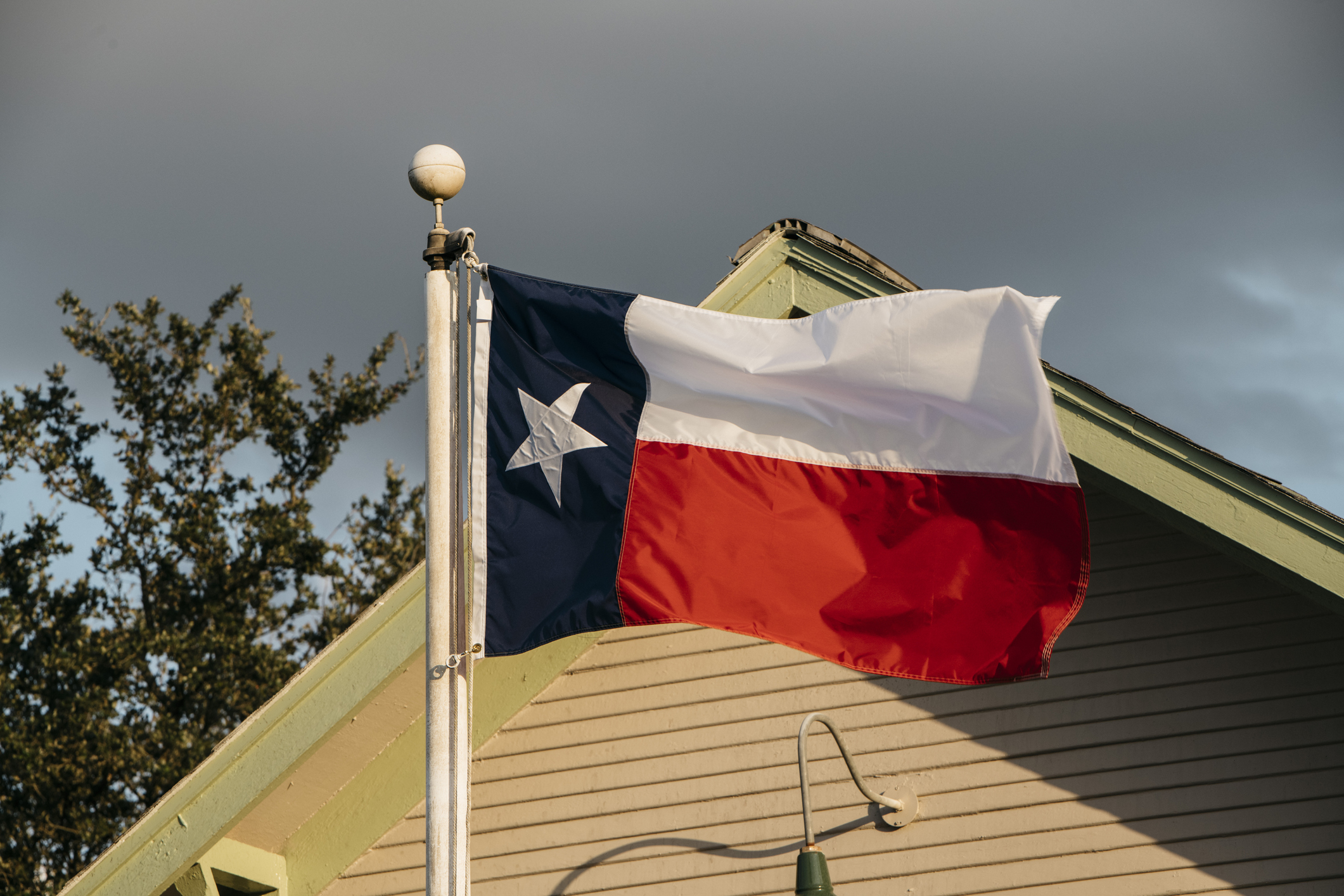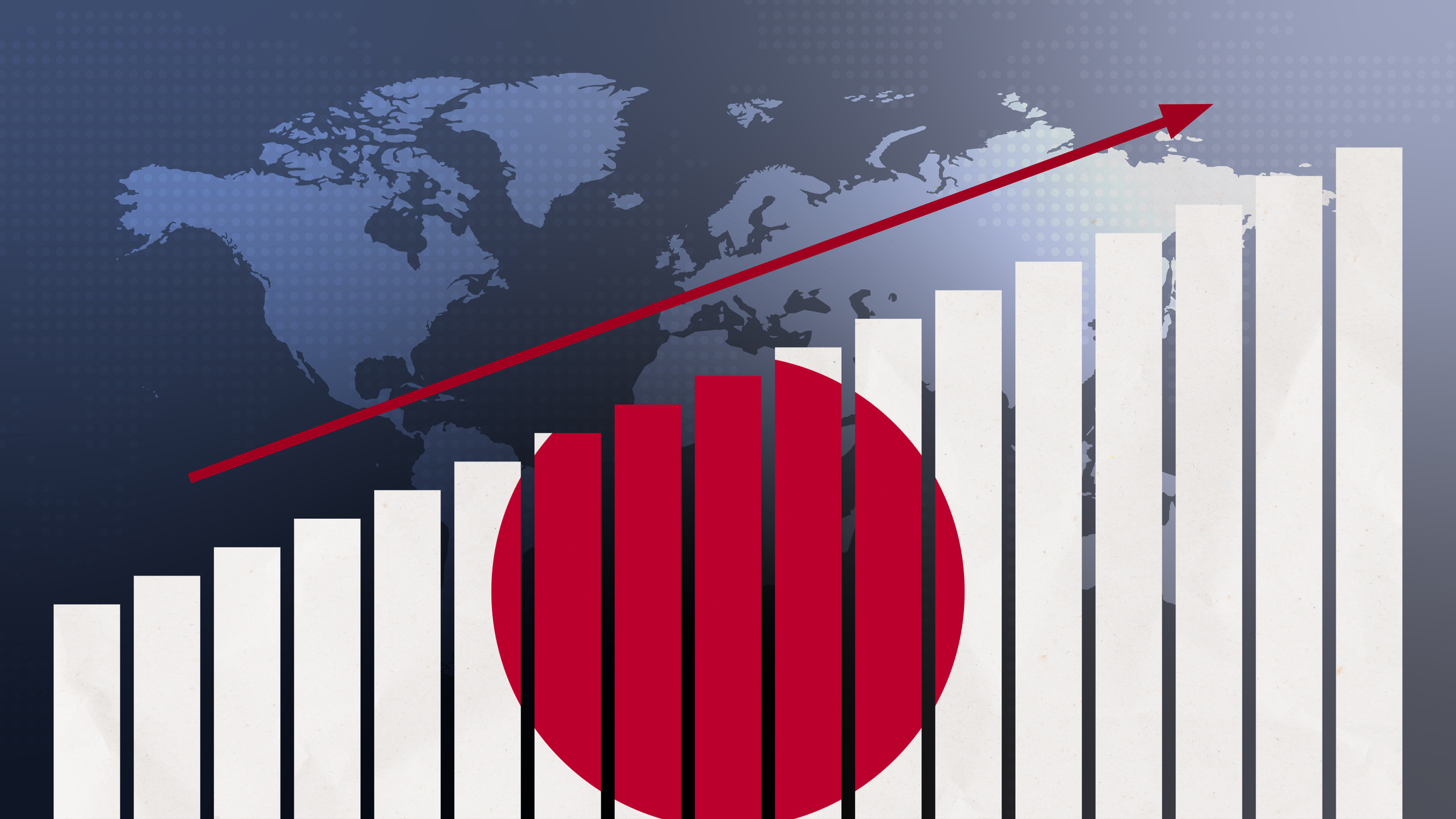A Spotlight on the South Central States: The Kiplinger Letter
Outside of the tech sector slump, job growth in the South Central states remains buoyant, with healthcare, construction and business investment going strong.


To help you understand what is going on in the economy our highly experienced Kiplinger Letter team will keep you abreast of the latest developments and forecasts (Get a free issue of The Kiplinger Letter or subscribe). You'll get all the latest news first by subscribing, but we will publish many (but not all) of the forecasts a few days afterward online. Here’s the latest…
Texas employment growth will be the toast of the South Central region: 1.9%, still among the strongest in the country. Labor force growth has maintained a strong upward trend. The oil and gas, construction, and healthcare sectors are growing the fastest, all at a greater-than-4% clip.
The state’s main growth centers are its major metro areas: Austin, Dallas-Ft. Worth, Houston and San Antonio. The tech slowdown has hurt Austin, but the city has a high rate of start-ups, and venture capital spending is expected to rebound this year. The Dallas area will host nine games of the World Cup in 2026, more than any other site. Trina Solar is building a solar panel plant in Wilmer, creating 1,500 jobs. The Biden administration’s freeze on new permits for liquefied natural gas export terminals will hurt a major project in Port Arthur, but another in Brownsville managed to beat the deadline. Expect more action, such as new battery installations, to shore up Texas’s renewables-heavy electric grid.

Sign up for Kiplinger’s Free E-Newsletters
Profit and prosper with the best of expert advice on investing, taxes, retirement, personal finance and more - straight to your e-mail.
Profit and prosper with the best of expert advice - straight to your e-mail.
Louisiana is up next, where employment growth will remain strong at 1.6%. Hospitality and tourism continue to struggle, with the overall number of jobs still 7.3% below pre-pandemic levels. But the labor force has nearly recovered, easing worker shortages, especially as job openings come down from earlier highs. Construction work is a major boon. The New Orleans-Baton Rouge area currently has $33 billion in projects underway, with another $60 billion proposed, including a $4.5 billion blue hydrogen plant in Burnside. The southwest part of the Pelican State also has a $60 billion backlog of proposed construction projects, mostly LNG export terminals. The White House’s permit pause for such projects will cause some delays but won’t affect existing terminals or those near completion. Finally, a change in state regulations is allowing riverboat casinos to move to land, which has jumpstarted a number of construction projects.
New Mexico job growth will clock in at 1.2%. The Land of Enchantment still has the highest job opening rate in the region. Construction, manufacturing and healthcare are all going strong, though the tech sector has taken a hit. Water conservation is on everyone’s mind at the moment. Santa Fe has proposed a 50-year plan that includes spending $500 million to recycle water from industrial sources, mostly fracking (which uses 15 million gallons per well). There are two recycling facilities in southeast New Mexico, with Infinity Water Solutions set to build three more this year. Improving water availability will benefit many industries. It was a major reason solar panel manufacturer Maxeon decided to locate a new plant near Albuquerque, which will bring 1,800 jobs. A growing semiconductor industry also needs more water: A new $3.5 billion Intel facility just opened in Rio Rancho.
Oklahoma will lag the rest of the region, with still-strong employment growth of 1%. The state’s population is growing, with an in-migration rate almost as good as Texas’s. Even as the tech sector struggles, construction, healthcare and hospitality are all thriving. A rare earths refining plant is slated for Lawton. It will be the only one in the U.S. when it opens. The same is true of the lithium refinery coming to Muskogee. (Muskogee is also getting its first data center from Polaris.) Bartlesville will welcome a recycling plant to extract lithium from used batteries. The Oklahoma Turnpike Authority said its $5 billion, 15-year ACCESS project is back on track after it was put on hold for almost a year because of legal challenges.
This forecast first appeared in The Kiplinger Letter, which has been running since 1923 and is a collection of concise weekly forecasts on business and economic trends, as well as what to expect from Washington, to help you understand what’s coming up to make the most of your investments and your money. Subscribe to The Kiplinger Letter.
Related Content
Get Kiplinger Today newsletter — free
Profit and prosper with the best of Kiplinger's advice on investing, taxes, retirement, personal finance and much more. Delivered daily. Enter your email in the box and click Sign Me Up.

David is both staff economist and reporter for The Kiplinger Letter, overseeing Kiplinger forecasts for the U.S. and world economies. Previously, he was senior principal economist in the Center for Forecasting and Modeling at IHS/GlobalInsight, and an economist in the Chief Economist's Office of the U.S. Department of Commerce. David has co-written weekly reports on economic conditions since 1992, and has forecasted GDP and its components since 1995, beating the Blue Chip Indicators forecasts two-thirds of the time. David is a Certified Business Economist as recognized by the National Association for Business Economics. He has two master's degrees and is ABD in economics from the University of North Carolina at Chapel Hill.
-
 10 Major AI Companies You Should Know
10 Major AI Companies You Should KnowThese 10 AI companies are at the forefront of machine learning. Find out how they’re driving innovation and jostling to be the biggest players in the game.
By Tom Taulli Published
-
 How Baby Boomers and Gen Xers Are Redefining Retirement Living
How Baby Boomers and Gen Xers Are Redefining Retirement LivingBoth generations need to embrace change and leverage real estate as a dynamic asset in their retirement planning. Here's how financial advisers can help, too.
By David Conti, CPRC Published
-
 What DOGE is Doing Now
What DOGE is Doing NowThe Kiplinger Letter As Musk's DOGE pursues its ambitious agenda, uncertainty and legal challenges are mounting — causing frustration for Trump.
By Matthew Housiaux Published
-
 A Move Away From Free Trade
A Move Away From Free TradeThe Letter President Trump says long-term gain will be worth short-term pain, but the pain could be significant this year.
By David Payne Published
-
 Trump’s Whirlwind Month of Crypto Moves
Trump’s Whirlwind Month of Crypto MovesThe Kiplinger Letter The Trump administration wants to strengthen U.S. leadership in the cryptocurrency industry by providing regulatory clarity.
By Rodrigo Sermeño Published
-
 What Could Derail the Economy This Year?
What Could Derail the Economy This Year?The Letter While the outlook for the U.S. economy is mostly favorable, there are plenty of risks that bear watching.
By David Payne Published
-
 Three Ways President Trump Could Impact the Economy
Three Ways President Trump Could Impact the EconomyThe Letter Some of Trump's top priorities could boost economic growth, but others risk fueling inflation.
By David Payne Published
-
 10 Predictions for 2025 from The Kiplinger Letter
10 Predictions for 2025 from The Kiplinger LetterThe Kiplinger Letter As 2025 arrives, here are our top 10 forecasts for the new year.
By Letter Editors Published
-
 Europe Faces Economic and Political Headwinds Next Year
Europe Faces Economic and Political Headwinds Next YearThe Letter Challenges for Europe: Potential tariffs, high energy prices and more competition from China will weigh on the bloc in 2025.
By Rodrigo Sermeño Published
-
 Don't Sleep on Japan's Economic Transformation
Don't Sleep on Japan's Economic TransformationThe Letter After almost three lost decades, Japan — one of the world's biggest economies — is finally showing signs of life.
By Rodrigo Sermeño Published